TRANSCRANIAL MAGNETIC STIMULATION (TMS)

Seeking treatment? Questions?
Get 24/7 confidential help now:
Or Receive A Call:
Last Medically Reviewed 15 November 2022
TRANSCRANIAL
MAGNETIC STIMULATION
(TMS)
Transcranial magnetic stimulation is a non-invasive procedure that helps improve symptoms of depression and other conditions by using magnetic fields to stimulate nerve cells in the brain. This treatment involves delivering repetitive magnetic pulses and is therefore called repetitive TMS or rTMS. TMS is typically used when other treatments haven’t been effective.
What is TMS
Treatment for?
TMS is a therapy that can aid in the relief of various symptoms when other treatments fail. It’s also a beneficial option since it doesn’t need surgery. The entire procedure takes place through your skin.
The conditions under which TMS is approved may vary from country to country. In the US, TMS is most commonly used to treat four main conditions:
- Major depressive disorder (including treatment-resistant depression)
- Obsessive-compulsive disorder (OCD)
- Migraines
- Smoking cessation
In addition to these conditions, research is ongoing to treat other conditions. These include, but aren’t limited to:
- Addictions
- Bipolar disorder
- Borderline personality disorder (BPD)
- Eating disorders
- Post-traumatic stress disorder (PTSD)
- Schizophrenia
How Does
It Work?
Transcranial magnetic stimulation is based on two fundamental principles of physics: electricity and magnetism. These two principles also work together, and TMS relies on this capability.
Your brain cells and neurons convert tiny amounts of electricity into information as it travels throughout your brain and body. During an rTMS treatment, an electromagnetic coil is placed against your head, near your temples. When activated, the electromagnet stimulates nerve cells in the region of your brain that deal with mood management and depression.
Are Brain Stimulation
Therapies Safe?
At Psychlarity Health, our TMS therapies are safe and have no long-term effects. Some people may experience involuntary eye blinking or facial muscle contraction during treatment. However, these side effects usually go away within 24 hours. TMS research has been performed extensively, and no study has shown that TMS causes harm to the brain. There aren’t many reports of significant negative side effects, and as such, these events are extremely rare.
Unlike vagus nerve stimulation or deep brain stimulation, rTMS has no need for surgery or the placement of electrodes. TMS also differs from ECT in that it does not purposely induce seizures or require sedation with anesthesia as ECT does. The most severe possible side effect of TMS is having a seizure; however, these are also rare. The probability of having a seizure from a TMS session is less than 1%.
Side Effects of Repetitive Transcranial Magnetic Stimulation
Most side effects are mild to moderate and generally improve after only one session. They also tend to decrease over time with additional sessions. TMS therapy’s most common side effects usually don’t last for more than a few minutes after treatment.
These include:
- Headache
- Scalp or neck pain
- Dizziness or feeling lightheaded
- Muscle tingling on the face or scalp.
- Temporary tinnitus (ringing in your ears).
- High sensitivity to sound (hyperacusis).
What to Expect from
TMS Therapy
TMS usually requires multiple treatments — typically three to five per week — spread out over 30 treatments over several weeks. However, some experimental courses of treatment can be completed in as little as one week.
Before your first appointment
Before you get TMS, you’ll be referred to a specialist who will verify that you fulfill the criteria for TMS treatment and ensure there are no limitations or grounds that prohibit your treatment.
You can’t have this procedure if you have: Magnetic Implants or Electronic Implants
TMS is dangerous for anyone with cochlear implants or metal plates on their skull because the magnet is powerful and can pull on any magnetic metal in the implants. This could cause pain or even injuries if it moves an implant.
History of Seizures, Epilepsy, or Other Neurological Conditions
Although rare, TMS has been known to cause seizures. If you already have a condition that makes you more likely to have an episode or if you are taking the same medication, you might want to alter your current medications or try a different treatment method altogether. If your provider believes TMS is a good and safe option for you, they’ll create a treatment schedule that works best.
Your first treatment
Before beginning therapy, your doctor will need to figure out where on your head to place the magnets and how much magnetic energy to use. This initial appointment usually lasts around an hour. During that first meeting, you can expect the following:
- A magnetic coil will be positioned against your head and switched on and off rapidly to generate stimulating pulses. This causes tapping or clicking sounds that pulse for a few seconds between pauses. On top of that, you’ll notice a tapping feeling on your forehead. Mapping is the process of defining these points.
- Your doctor will determine the amount of magnetic energy required by raising the magnetic dose until your fingers or hands quiver. This is referred to as your motor threshold, which is used to determine your correct dosage. The stimulation intensity can be adjusted throughout therapy according to your symptoms and adverse effects.
During each treatment
After finding and setting the correct pulse strength, your doctor will administer pulses with a particular pattern or timing. During treatments, you’ll hear clicking noises as the magnet turns on and off. This is also natural. There may be breaks between a series of pulses because the electricity that powers the magnet also heats it up. So, it needs some time time to cool down.
Depending on the kind of TMS you’re receiving, which also involves the pattern of magnetic field pulses, treatment sessions can last from a few minutes to half an hour. Your provider will be able to tell you how long a session is going to take.
After each treatment
The following sessions are generally quite similar to, or the same as, the first session. Depending on changes in your symptoms since the initial treatment and any side effects you experienced, your practitioner may modify the therapy.
After a therapy session, you may resume your regular routines or plan for the day. Most symptoms that occur after treatment are minor and only linger for a short time. If persistent side effects, such as twitching or unusual feelings in your head or face, are present beyond the few minutes before leaving, your doctor may require that you stay for observation.
Ongoing treatment
After an rTMS treatment series is completed, patients may be recommended to continue standard care treatments for mental conditions, such as medication and psychotherapy.
However, if your condition improves with rTMS and you have another episode of symptoms later, your rTMS treatment can be repeated. This is called re-induction. Some insurance companies will cover re-induction.
Benefits of
TMS Therapy
TMS therapy has many advantages that make it an important treatment option.
It’s non-invasive:
This surgery-free procedure doesn’t require anesthesia and only takes a single session. You can return to your day as usual afterward.
It’s safe:
Seizures are the most common severe side effect of TMS, although they are quite uncommon. Other symptoms are usually minor and only last a few minutes. The chance of having a seizure during each treatment is less than 0.01 percent.
It’s effective:
The effectiveness of TMS varies depending on the condition being treated, but there is a lot of evidence that clearly proves it works.
It can save lives:
One of the most severe disorders that TMS may treat is major depressive disorder, which can result in death by suicide. TMS has been shown to help with a number of other ailments, including chronic pain, anxiety, and panic attacks. When TMS alleviates symptoms of depression or causes it to go into remission, it can save lives.
It works cooperatively with other treatments:
TMS can be used on its own or in combination with other therapies, such as medicines, psychological therapy, physical therapy, and more.
Possible Uses for
Repetitive TMS therapy
TMS therapy for treatment-resistant depression
TMS is primarily used to treat depression. It’s usually advised for people who haven’t responded well to medicine or conventional therapy. This is known as treatment-resistant depression.
Depression is linked to reduced activity in the prefrontal cortex. Depression symptoms, such as low energy levels and appetite changes, are affected by this section of the brain. TMS can aid in stimulating nerve cells and increasing activity in this area by targeting it with magnetic pulses.
TMS therapy for obsessive-compulsive disorder (OCD)
TMS has the potential to heal those who suffer from OCD through its repetitive magnetic stimulation. If other methods, such as medication or therapy, haven’t worked in the past, TMS may be worth considering.
Numerous studies show that people who suffer from OCD have an overactive connection between the prefrontal cortex and striatum. This hyperconnectivity is linked to more extreme OCD symptoms. TMS inhibits activity in this region of the brain, therefore reducing occurrences of obsessive-compulsive behaviors.
TMS therapy for anxiety
Psychological disorders such as depression and OCD generally come along with anxiety symptoms. Anxiety often results from increased nerve activity in the prefrontal cortex. TMS therapy may help to reduce this hyperactivity. With this in mind, TMS therapy could also possibly treat stand-alone conditions like generalized anxiety disorder (GAD).
TMS for post-traumatic stress disorder (PTSD)
TMS has excellent success in treating post-traumatic stress disorder (PTSD). As mentioned before, TMS can target the prefrontal cortex, the area of the brain responsible for processing fear and worry. Trials have found that TMS, alongside cognitive processing therapy, was effective for PTSD.
TMS for schizophrenia
Schizophrenia is a chronic psychiatric disorder that affects the temporoparietal cortex and often leads to severe hallucinogenic symptoms. Among other things, this part of the brain is also responsible for language processing.
One of the main symptoms of schizophrenia is auditory hallucinations, which are caused by overactivity in this area. Targeting the temporoparietal cortex with TMS could drastically improve auditory hallucinations for schizophrenia patients.
TMS for Addiction
Many addictive substances cause the release of dopamine, also called the “happy hormone,” which affects signals sent to your brain’s reward system, including the prefrontal cortex, resulting in cravings and addiction. TMS could help reduce cravings by targeting the prefrontal cortex, as TMS promotes the release of dopamine, which reduces the need for these substances.
Get Help with
Addiction or Substance Abuse
Addiction is a serious condition that can ruin lives. However, there is hope. With the right treatment, people can overcome addiction and lead healthy, fulfilling lives. Psyclarity Health offers specialized treatment programs that can help people struggling with addiction. Our programs are designed to address all aspects of the condition. Along with TMS therapy, we offer a wide range of mental health services to provide comprehensive care. Contact us today to learn more about how we can help you or your loved one get on the road to recovery.
MAKE THE CALL
Don’t go through the process of recovery alone.
There are people who can help you with the struggle you’re facing. Get in touch with one today.
Call Now: 855-924-5350
GET THE CALL
Enter your phone number below to request a call from a treatment professional.







